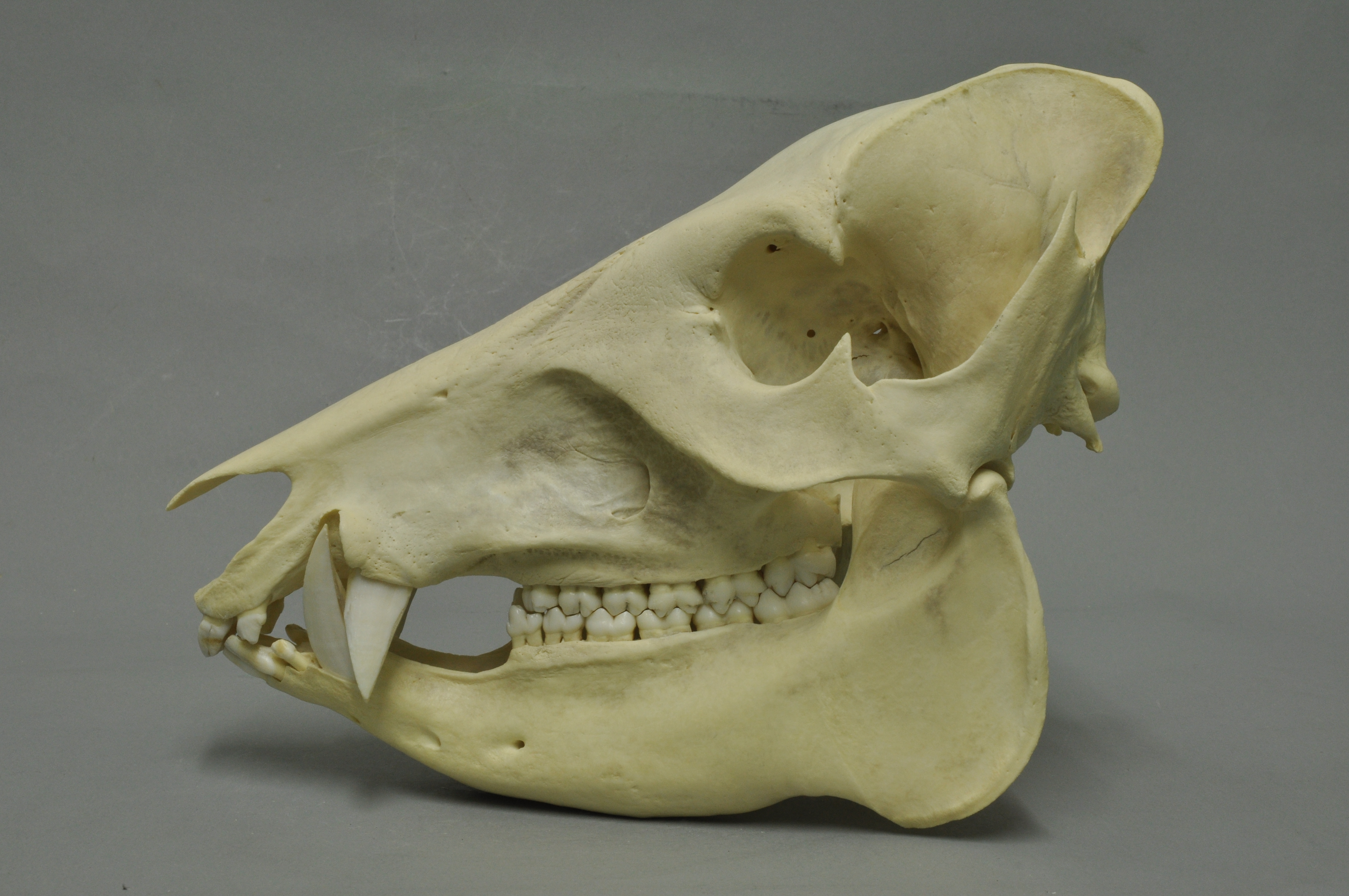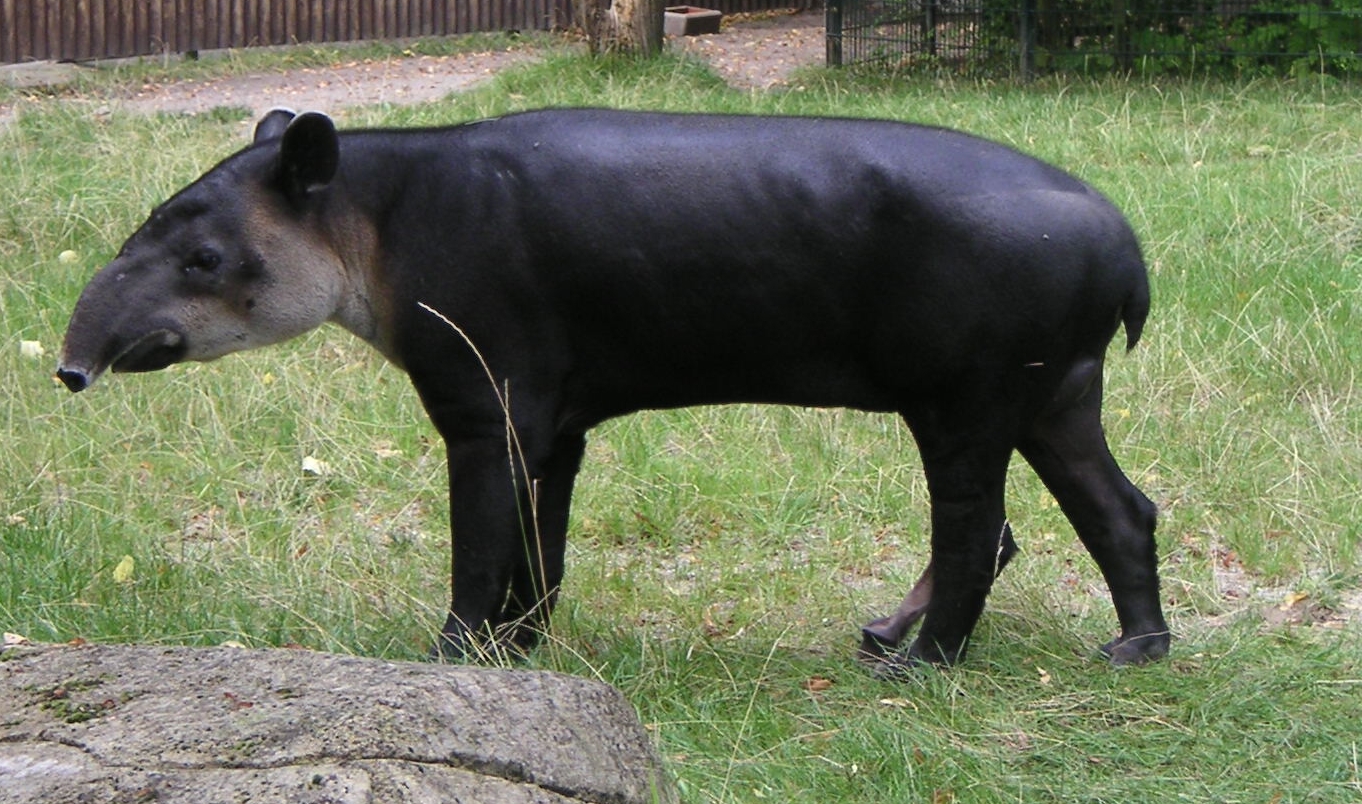|
Tequiraca Language
Tequiraca (Tekiráka), also known as Abishira (Avishiri)* and Aiwa (Aewa) and Ixignor, is a language spoken in Peru. In 1925 there were between 50 and 80 speakers in Puerto Elvira on Lake Vacacocha (connected with the Napo River). It is presumed extinct some time in the mid 20th century, though in 2008 two rememberers were found and 160 words and short sentences were recorded. The little data available show it to not be closely related to other languages, though a distant connection to Canichana was proposed by Kaufman (1994). *Other spellings are ''Auishiri, Agouisiri, Avirxiri, Abiquira, Abigira''; it has also been called ''Ixignor'' and ''Vacacocha.'' Jolkesky (2016) also notes that there are lexical similarities with Taushiro, likely as a result of prehistoric contact within the circum-Marañón interaction sphere. Phonology Consonants A single apostrophe indicates glottalization of the corresponding consonant A double apostrophe ''">nowiki>''indicates aspira ... [...More Info...] [...Related Items...] OR: [Wikipedia] [Google] [Baidu] |
Tequiraca–Canichana Languages
Tequiraca–Canichana is a possible language family proposed in Kaufman (1994) uniting two erstwhile language isolates, Canichana Canichana, or Canesi, Joaquiniano, is a possible language isolate of Bolivia (department of Beni). In 1991 there were 500 Canichana people, but only 20 spoke the Canichana language; by 2000 the ethnic population was 583, but the language had no L ... of Bolivia and Tequiraca of Peru, both of which are either extinct or nearly so.Kaufman, Terrence. (1994). The native languages of South America. In C. Mosley & R. E. Asher (Eds.), ''Atlas of the world's languages'' (pp. 46–76). London: Routledge. The proposal is not included in Campbell (2012). References Proposed language families Indigenous languages of the Americas {{na-lang-stub Languages of Bolivia Languages of Peru ... [...More Info...] [...Related Items...] OR: [Wikipedia] [Google] [Baidu] |
Capuchin Monkey
The capuchin monkeys () are New World monkeys of the subfamily Cebinae. They are readily identified as the " organ grinder" monkey, and have been used in many movies and television shows. The range of capuchin monkeys includes some tropical forests in Central America and South America as far south as northern Argentina. In Central America, where they are called white-faced monkeys ("carablanca"), they usually occupy the wet lowland forests on the Caribbean coast of Costa Rica and Panama and deciduous dry forest on the Pacific coast. Etymology The word "capuchin" derives from a group of friars named the Order of Friars Minor Capuchin, an offshoot from the Franciscans, who wear brown robes with large hoods. When Portuguese explorers reached the Americas in the 15th century, they found small monkeys whose coloring resembled these friars, especially when in their robes with hoods down, and named them capuchins. When the scientists described a specimen (thought to be a golden-be ... [...More Info...] [...Related Items...] OR: [Wikipedia] [Google] [Baidu] |
Iquito Language
Iquito (pronounced ) is a highly endangered Zaparoan language of Peru. Iquito is one of three surviving Zaparoan languages; the other two being Záparo, with 1-3 speakers, and Arabela with about 75 speakers. Three extinct languages are also considered to be Zaparoan: Andoa, Aushiri, and Cahuarano. Some classifiers also consider Omurano to be Zaparoan. Other names used for the language include Iquita, Ikito, Amacacore, Hamacore, Quiturran, and Puca-Uma, although Iquito is the most common. Of the ethnic Iquito population of 500, as of 2006, there are 25 fluent or native speakers, all of whom are over 55 years old, and about 25 partial or passive speakers, all of whom are over the age of 25. Iquito is spoken in the Loreto Province, the regions of the Pintoyacu, Nanay, and Chambira rivers, and the villages of San Antonio and Atalaya. It is technically an official language of Peru. There is a negative attitude towards the language in the Iquito communities and Iquitos mostly ... [...More Info...] [...Related Items...] OR: [Wikipedia] [Google] [Baidu] |
Waorani Language
The Waorani (Huaorani) language, commonly known as Sabela (also ''Wao, Huao, Auishiri, Aushiri, Ssabela'' ; autonym: Wao Terero; pejorative: ''Auka, Auca'') is a vulnerable language isolate spoken by the Huaorani people, an indigenous group living in the Amazon rainforest between the Napo and Curaray Rivers in Ecuador. A small number of speakers with so-called uncontacted groups may live in Peru. Huaorani is considered endangered due to growing bilingualism in Quechua and Spanish and diminishing Huaorani usage among youth. Dialects Huaorani has three dialects: ''Tiguacuna (Tiwakuna), Tuei (Tiwi Tuei, Tiwi),'' and ''Shiripuno.'' Language relations Sabela is not known to be related to any other language. However, it forms part of Terrence Kaufman's Yawan proposal. Jolkesky (2016) also notes that there are lexical similarities with Yaruro. Phonology Huaorani distinguishes nasal vowels from oral ones. Syllable structure is (C)V, with frequent vowel clusters. The allophones ... [...More Info...] [...Related Items...] OR: [Wikipedia] [Google] [Baidu] |
White-lipped Peccary
The white-lipped peccary (''Tayassu pecari'') is a species of peccary found in Central and South America and the only member of the genus ''Tayassu''. Multiple subspecies have been identified. White-lipped peccaries are similar in appearance to pigs, but covered in dark hair (except on certain regions, such as the throat, where it is cream). The range of ''T. pecari'', which extends from Mexico to Argentina, has become fragmented, and the species's population is declining overall (especially in Mexico and Central America). They can be found in a variety of habitats. Social animals, white-lipped peccaries typically forage in large groups, which can have as many as 300 peccaries. They are an important part of their ecosystem and multiple efforts are being made to preserve them in the wild. Not all disappearances are explained, but human activities play a role, with two major threats being deforestation and hunting; the latter is very common in rural areas, although it can be d ... [...More Info...] [...Related Items...] OR: [Wikipedia] [Google] [Baidu] |
Tapir
Tapirs ( ) are large, herbivorous mammals belonging to the family Tapiridae. They are similar in shape to a pig, with a short, prehensile nose trunk. Tapirs inhabit jungle and forest regions of South and Central America, with one species inhabiting Southeast Asia. They are one of three extant branches of Perissodactyla (odd-toed ungulates), alongside equines and rhinoceros. Only a single genus, ''Tapirus'' is currently extant. Tapirs migrated into South America during the Pleistocene epoch from North America after the formation of the Isthmus of Panama as part of the Great American Interchange. Tapirs were once widespread in North America until the arrival of humans at the end of the Late Pleistocene, around 12,000 years ago. Species There are four widely recognized extant species of tapir, all in the genus ''Tapirus'' of the family Tapiridae. They are the South American tapir, the Malayan tapir, Baird's tapir, and the mountain tapir. In 2013, a group of researchers sai ... [...More Info...] [...Related Items...] OR: [Wikipedia] [Google] [Baidu] |
Tamarin Monkey
The tamarins are squirrel-sized New World monkeys from the family Callitrichidae in the genus ''Saguinus''. They are the first offshoot in the Callitrichidae tree, and therefore are the sister group of a clade formed by the lion tamarins, Goeldi's monkeys and marmosets. Taxonomy and evolutionary history Hershkovitz (1977) recognised ten species in the genus ''Saguinus'', further divided into 33 morphotypes based on facial pelage. A later classification into two clades was based on variations in dental measurements. A taxonomic review (Rylands et al., 2016) showed the tamarins are a sister group to all other callitrichids, branching off 15–13 million years ago. Within this clade, six species groups are historically recognised, ''nigricollis'', ''mystax'', ''midas'', ''inustus'', ''bicolor'' and ''oedipus'', five of which were shown to be valid with ''Sanguinus inustus'' placed within the ''midas'' group. The review noted that the smaller-bodied ''nigricollis'' group began div ... [...More Info...] [...Related Items...] OR: [Wikipedia] [Google] [Baidu] |
Stingray
Stingrays are a group of sea rays, which are cartilaginous fish related to sharks. They are classified in the suborder Myliobatoidei of the order Myliobatiformes and consist of eight families: Hexatrygonidae (sixgill stingray), Plesiobatidae (deepwater stingray), Urolophidae (stingarees), Urotrygonidae (round rays), Dasyatidae (whiptail stingrays), Potamotrygonidae (river stingrays), Gymnuridae (butterfly rays) and Myliobatidae (eagle rays). There are about 220 known stingray species organized into 29 genera. Stingrays are common in coastal tropical and subtropical marine waters throughout the world. Some species, such as the thorntail stingray (''Dasyatis thetidis''), are found in warmer temperate oceans and others, such as the deepwater stingray (''Plesiobatis daviesi''), are found in the deep ocean. The river stingrays and a number of whiptail stingrays (such as the Niger stingray (''Fontitrygon garouaensis'')) are restricted to fresh water. Most myliobatoids ... [...More Info...] [...Related Items...] OR: [Wikipedia] [Google] [Baidu] |
Squirrel Monkey
Squirrel monkeys are New World monkeys of the genus ''Saimiri''. ''Saimiri'' is the only genus in the subfamily Saimirinae. The name of the genus is of Tupi origin (''sai-mirím'' or ''çai-mbirín'', with ''sai'' meaning 'monkey' and ''mirím'' meaning 'small') and was also used as an English name by early researchers. Squirrel monkeys live in the tropical forests of Central and South America in the canopy layer. Most species have parapatric or allopatric ranges in the Amazon, while ''S. oerstedii'' is found disjunctly in Costa Rica and Panama. There are two main groups of squirrel monkeys recognized. They are differentiated based on the shape of the white coloration above the eyes. In total there are 5 recognized species. Squirrel monkeys have short and close fur colored black at the shoulders, yellow or orange fur along the back and extremities, and white on the face. Squirrel monkeys have determined breeding seasons which involve large fluctuations in hormones and there ... [...More Info...] [...Related Items...] OR: [Wikipedia] [Google] [Baidu] |
Red-and-green Macaw
The red-and-green macaw (''Ara chloropterus''), also known as the green-winged macaw, is a large, mostly-red macaw of the genus ''Ara''. This is the largest of the genus ''Ara'', widespread in the forests and woodlands of northern and central South America. However, in common with other macaws, in recent years there has been a marked decline in its numbers due to habitat loss and illegal capture for the parrot trade. Description The green-winged macaw can be readily distinguished from the scarlet macaw. While the breast of both birds are bright red, the upper-wing covert feathers of the green-winged macaw is mostly green (as opposed to mostly yellow, or a strong mix of yellow and green in the scarlet macaw). In addition, the green-winged macaw has characteristic red lines around the eyes formed by rows of tiny feathers on the otherwise bare white skin patch; this is one of the biggest differences from a scarlet macaw to the casual viewer. Iridescent teal feathers are surrounded ... [...More Info...] [...Related Items...] OR: [Wikipedia] [Google] [Baidu] |
Monk Saki Monkey
The monk saki (''Pithecia monachus'') also known as Geoffroy's monk saki, is a species of saki monkey, a type of New World monkey, from South America. It is found in forested areas of northwestern Brazil and northeastern Peru. Taxonomy The hairy saki (''P. hirsuta''), Miller's saki (''P. milleri''), Napo saki (''P. napensis''), and burnished saki (''P. inusta'') were previously considered conspecific but were split from this species in 2014. ''P. monachus'' is now known to occupy a much smaller range than it was thought to before the split. Distribution This species is found in the interfluvial between the Solimoes River, lower to middle Ucayali River and lower Javary River, in northwestern Brazil and northeastern Peru. Description This monkey can grow up to be long and weigh about , approximately the same as a large rabbit. The thick, bushy tail can be up to long. It has coarse fur, which is long and shaggy around the face and neck. Behavior A shy, wary animal, it ... [...More Info...] [...Related Items...] OR: [Wikipedia] [Google] [Baidu] |



.jpg)
